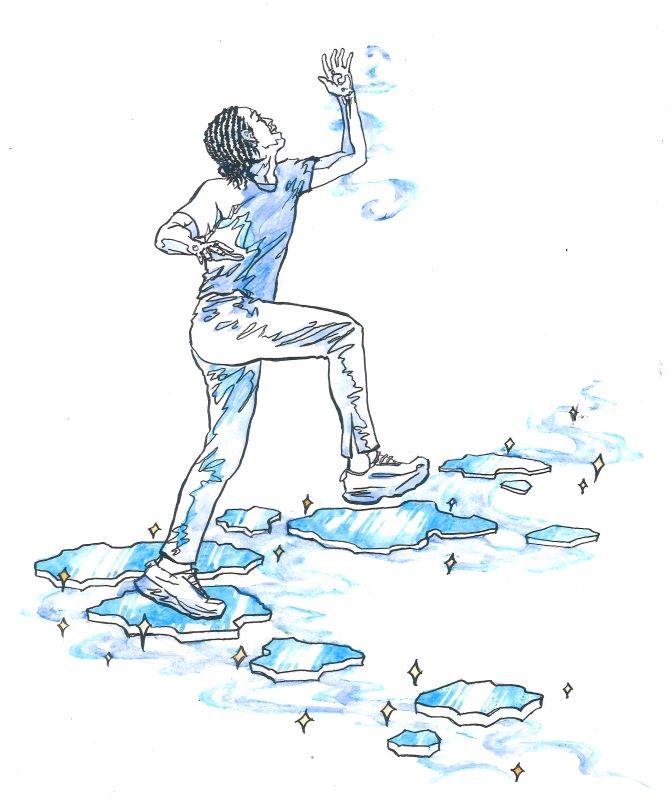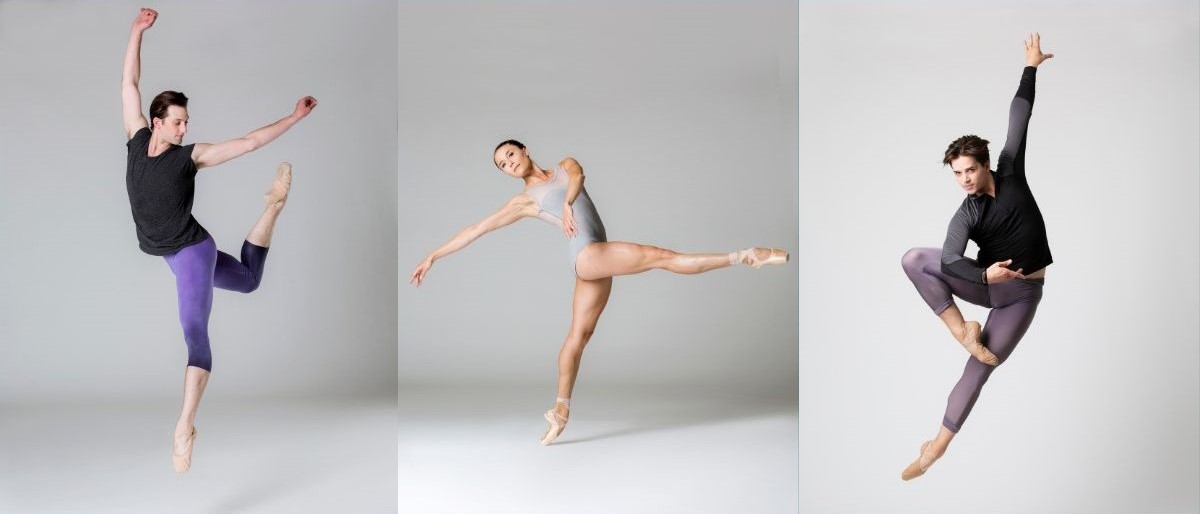

When you think about the professional dancers that you see in magazines and on social media, it might be hard to imagine them having fretted over decisions about which summer intensive would be the best fit for them. Believe it or not, though, all dancers start as students who go through the same training processes that you might be going through right now, and this includes seeking training away from home during the summer.
The experiences that I had at summer intensives were invaluable. They exposed me to new teachers, different perspectives on technique, and other talented students, as well as enriching performances and cultural opportunities. The first summer course I attended was Joffrey Ballet School’s satellite summer intensive in San Antonio, TX. I ended up going there two years in a row at the ages of 12 & 13. From there, I spent the next two summers at San Francisco Ballet School and School of American Ballet before deciding to stay in New York for the winter term at age 15. Even after deciding to train away from home during the school year, I still craved the experience of summer training when I was able to immerse myself in dance all day without having to split my focus with academics. Thus, I spent the summers in between my years at SAB at San Francisco Ballet and Pacific Northwest Ballet. I definitely think that the experiences I had at summer intensives played an integral role in my trajectory from student to principal dancer with PNB.
-Benjamin Griffiths, Pacific Northwest Ballet Principal Dancer
10 Tips for Thriving at Summer Course:

- Arrive Fit
- Be Prepared
- Set Goals
- Be Curious
- Stay Positive
- Fuel Your Body
- Address Homesickness
- Address Injuries
- Be Kind
- Have Fun!
Tip #1: ARRIVE FIT
Do not take time off right before the start of a summer course. Your schedule will be very demanding and you will be dancing all day long, which means that you need a solid fitness base to work from. You don’t want to waste valuable time the first week of the summer course not being able to fully apply yourself because you are sore or your feet hurt.
The best way to prepare yourself is to take ballet class regularly at least two weeks prior to the start of your intensive.
However, if your studio is closed in the weeks leading up to summer course, make sure that you are still being active. The best thing you can do is to give yourself a barre at home.
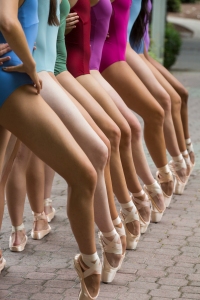
At-Home Barre Template:
- Plié
- Tendu in First
- 1-2 Tendu Combinations in 5th
- 1-2 Degage Combinations
- Rond de Jambe Par Terre
- Fondu
- Rond de Jambe En L’Air
- Frappè
- Adagio
- Grand Battement
In addition to giving yourself barre, try to stay active in other ways—riding bikes, swimming, and yoga classes are all great activities.
***Ladies: wear your pointe shoes for a little bit every day in the two weeks leading up to summer course. You can wear an old pair around the house as you do your chores and put on a newer pair to do some releves at the kitchen counter.
Tip #2: BE PREPARED
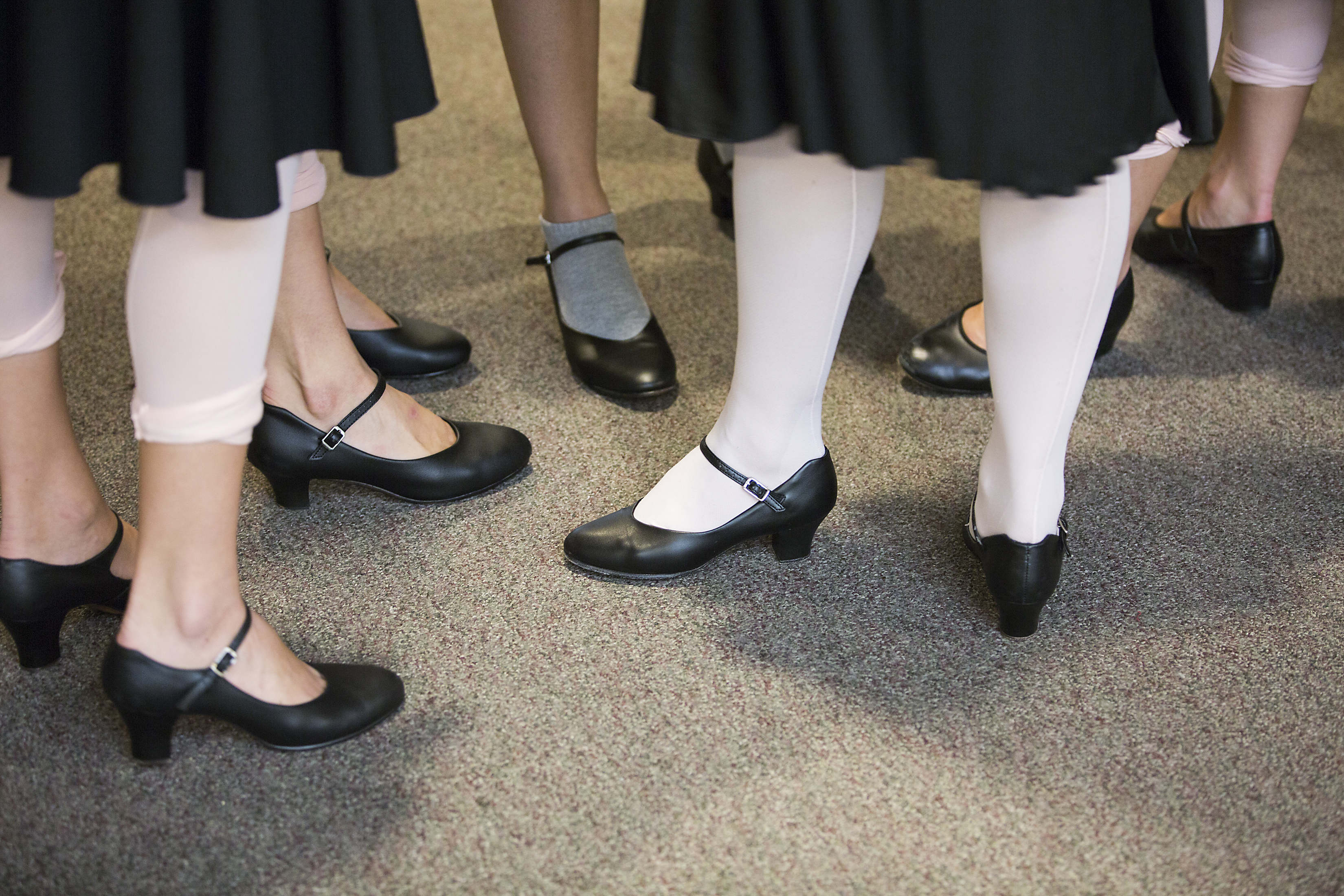
Make sure that you pack everything that you are going to need before you arrive. Remember to fill your suitcases with clothes that are appropriate for the location of your summer course. For example, summer courses in Seattle or San Francisco may require you to pack some sweat shirts and long pants even though it will be the middle of summer. Also, it would be a good exercise to visualize your typical daily routine, from the moment you wake up until the moment you go to bed, in order to get a good idea of the things you use on a daily basis and make a checklist of those items before you start packing. Obviously, dance clothes that conform to the school’s prescribed dress code should be a priority, as well as all the various shoes that you may need for stylistically diverse classes. Ladies also need to bring their sewing materials and foot care items for their pointe shoes. Things that I typically forget when packing are medication & vitamins and phone & computer chargers.
Tip #3: SET GOALS
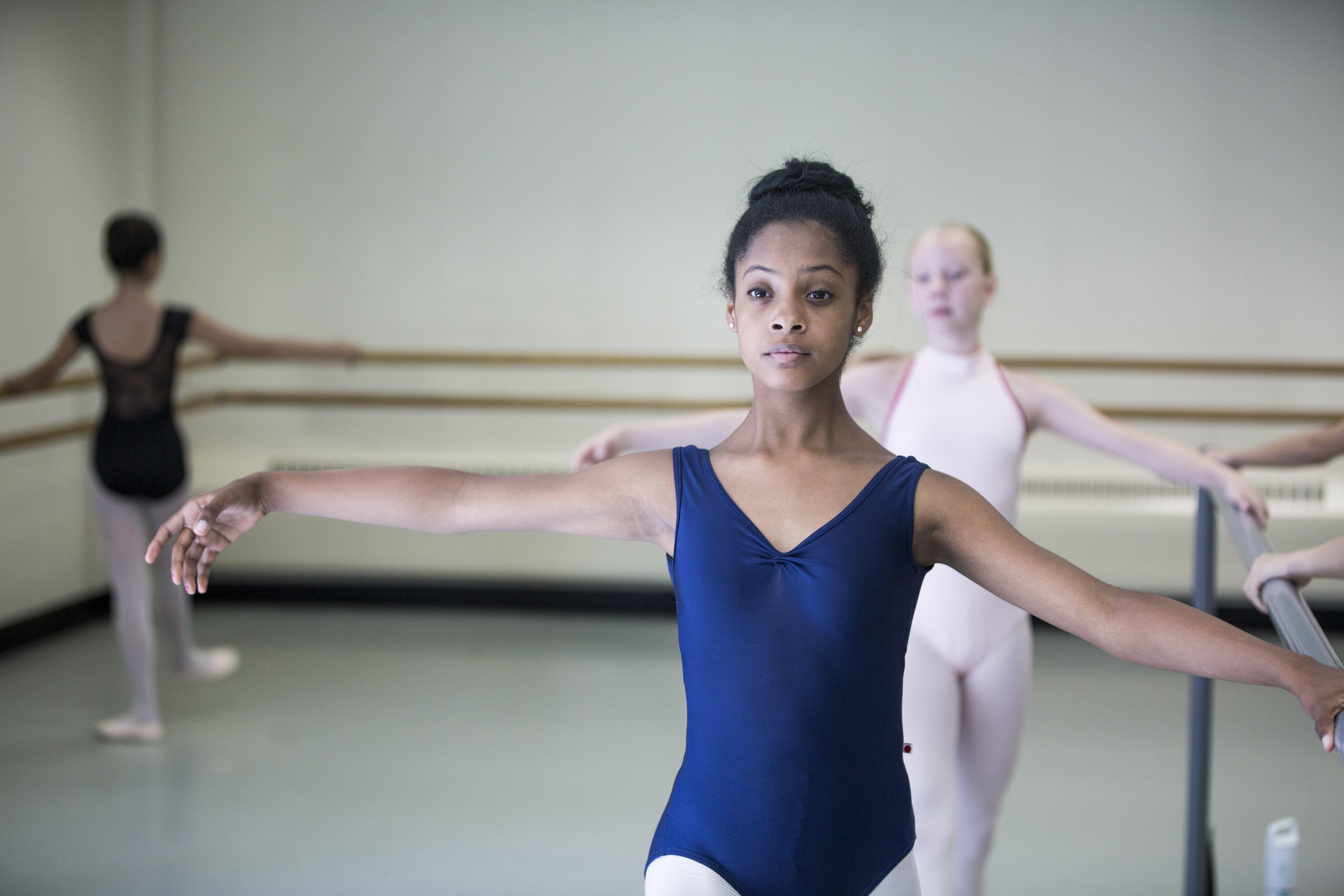
One tool that is really helpful for improving any aspect of your life, including your dancing, is goal-setting. The week before you arrive take some time to sit down and think about what you want to improve/change over the summer—and write it down! It may be helpful to do this with your teacher at your home studio. Remember, goals should always be S.M.A.R.T.—Specific, Measurable, Attainable, Realistic & Timely. Therefore, just saying that you want to “get better” is not going to be a helpful goal.
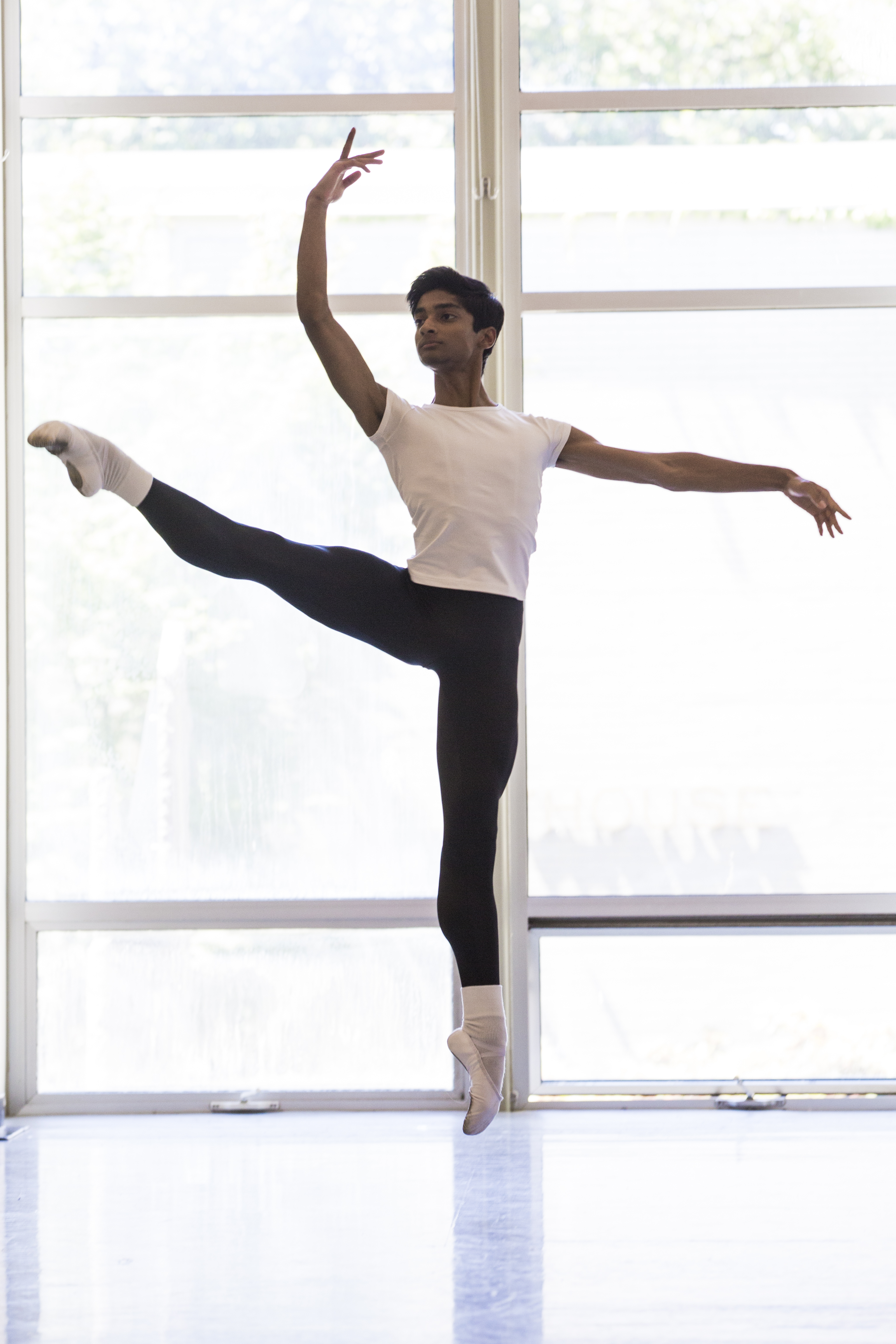
Think about specific things that you would like to improve—extension, double tours, pirouettes, petite allegro, etc.
Think about how you will measure your progress – before and after pictures/videos are always good measurement tools for ballet goals, as improvement is often times about quality rather than quantity.
Make sure that the goals you are setting are not too far-fetched. Your goals should be realistic and attainable. There is nothing less motivating than setting a goal that you never achieve.
Set a time frame for when you want to achieve your goals. In this case, the end of summer course or the beginning of fall term would be good time constraints for accomplishing the goals you set.
Keep in mind that your goals may change once you begin to receive information and feedback from your new teachers at your summer course. That’s ok and is actually probably a good thing! In light of this, it’s a good idea to check in with the original goals that you wrote down after the first or second week of the program to reassess and make any changes that you think will be necessary in helping you to achieve the most from your summer experience.
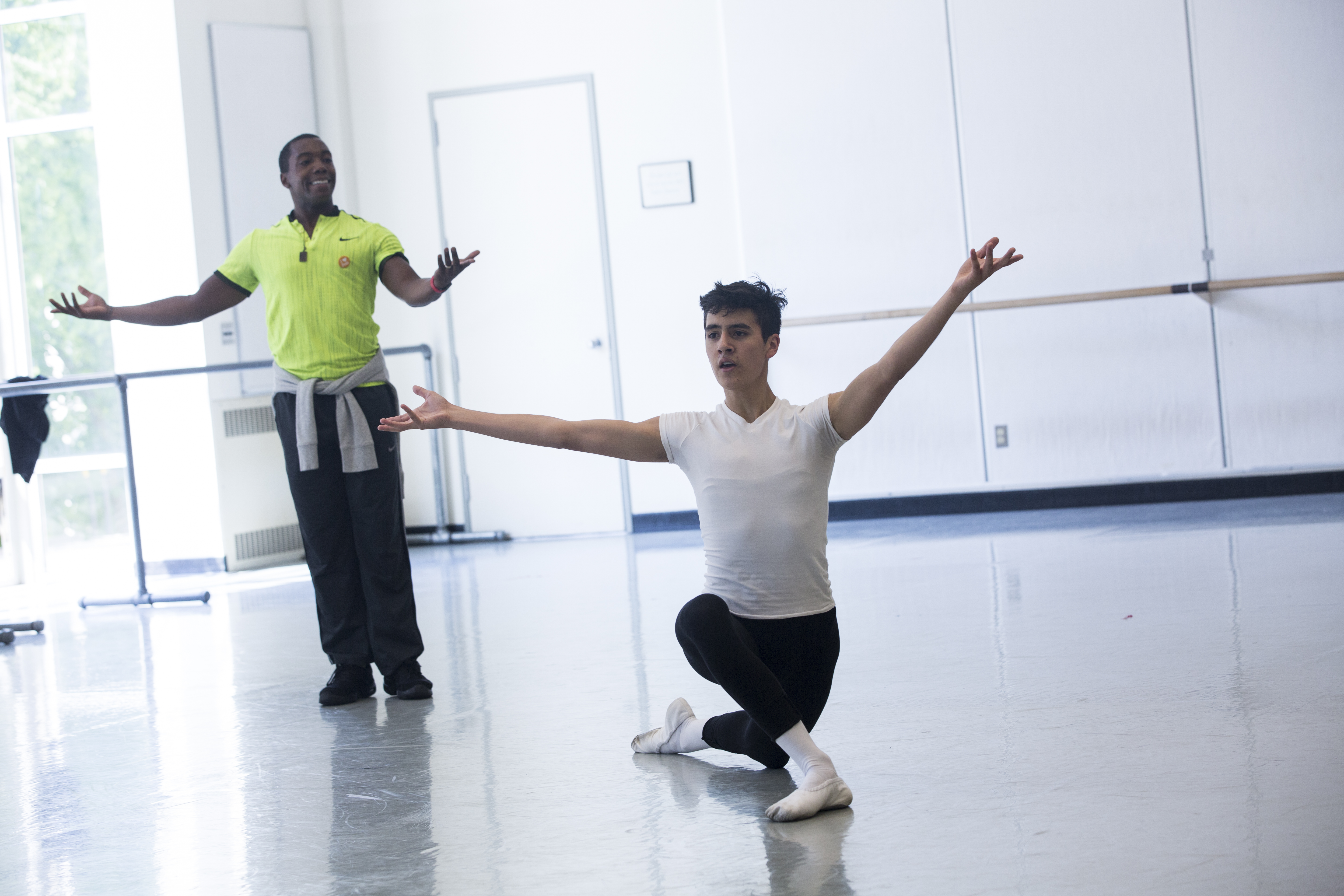
Keep reading Tips From a Professional Dancer for Thriving at Summer Course: Part II & Part III!
